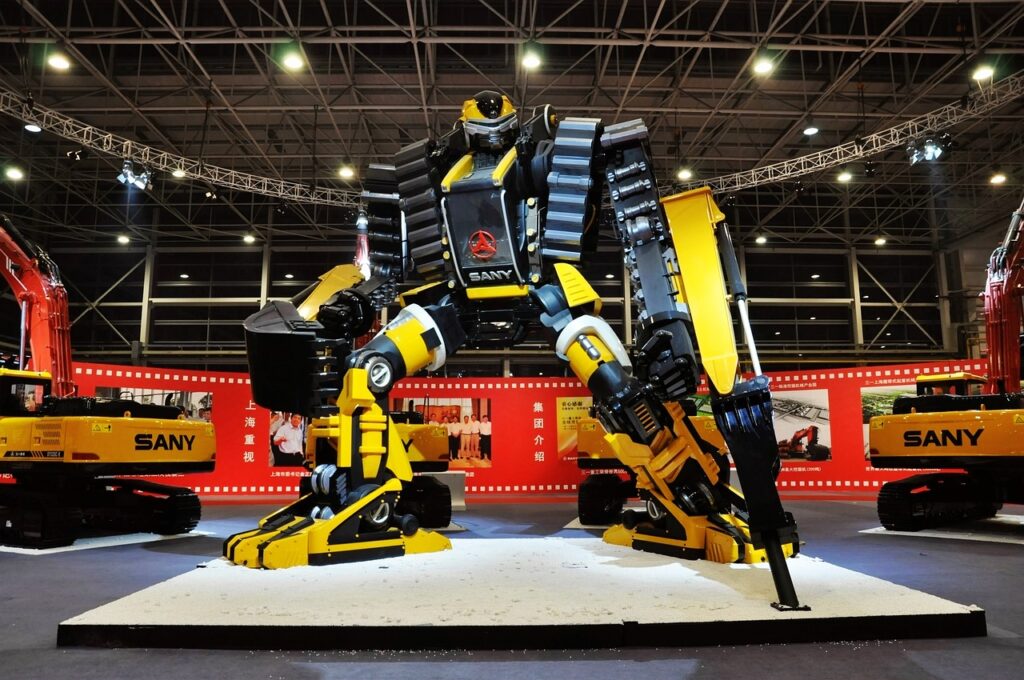
In recent years, the construction industry has witnessed a significant technological shift. Among the innovations redefining the landscape are collaborative robots, or cobots a transformative force poised to revolutionize how we build the world around us.
Unlike traditional industrial robots that operate in isolation, cobots are specifically designed to work side by side with humans, sharing workspaces, tasks, and even decision-making processes. On construction sites, where precision, safety, and efficiency are paramount, this partnership is becoming increasingly invaluable.
What Are Cobots?
Cobots are a subset of robots engineered to interact physically with humans in a shared space. Unlike their fully autonomous counterparts, cobots are equipped with advanced sensors, AI algorithms, and user-friendly programming that enable them to respond intelligently to human input and dynamic environments.
They can assist in a variety of tasks, such as:
- Lifting and placing heavy materials
- Precision welding or cutting
- Bricklaying and concrete dispensing
- Site inspections and 3D scanning
- Real-time data analysis and reporting
Why Cobots Are Game-Changers in Construction

1. Enhancing Worker Safety
Construction sites are inherently risky. From working at heights to handling heavy equipment, hazards are part of the daily routine. Cobots can take over the most dangerous tasks, reducing the risk of injury and protecting workers from fatigue and long-term physical strain.
2. Boosting Productivity and Efficiency
Cobots don’t tire, don’t require breaks, and can operate around the clock. When used correctly, they can dramatically speed up project timelines by handling repetitive and time-consuming tasks, freeing up human workers to focus on more strategic and creative aspects of the job.
3. Improving Precision and Quality
Cobots can perform tasks with a level of consistency and accuracy that is difficult to achieve manually. Whether it’s laying bricks with millimeter precision or applying even layers of paint or plaster, cobots ensure higher quality outcomes and reduce costly errors.
4. Addressing Labor Shortages
The construction industry faces an ongoing shortage of skilled labor. Cobots can fill this gap by taking on roles that are difficult to staff, thereby ensuring project continuity and reducing delays.
Real-World Applications of Cobots in Construction

Some construction firms have already started integrating cobots into their workflows:
- SAM (Semi-Automated Mason), a bricklaying robot, works alongside masons to lay thousands of bricks per day, reducing physical strain on human workers.
- Hilti’s Jaibot, a drilling robot, autonomously marks and drills holes in ceilings based on digital blueprints.
- Boston Dynamics’ Spot, equipped with 3D scanners and sensors, is used for site inspections and progress tracking.
The Human-Cobot Collaboration
The success of cobots depends not on replacing humans, but on augmenting human capabilities. Construction workers become operators, collaborators, and problem-solvers who manage, guide, and work with cobots to achieve results that neither could accomplish alone.
This synergy also brings a cultural shift training workers to embrace technology, upskill in robot operation and maintenance, and adapt to new ways of working.
Challenges and Considerations
While cobots present exciting opportunities, they also come with challenges:
- High initial costs of implementation and training
- Integration with existing processes and machinery
- Worker skepticism and resistance to change
- Regulatory and safety compliance
However, with proper planning, training, and communication, these barriers can be overcome.
Looking Ahead: The Future of Cobots in Construction

As cobot technology continues to evolve, we can expect smarter, more intuitive machines that can learn from human behavior and environmental feedback in real time. They will become essential tools in modular construction, smart building projects, and sustainable design initiatives.
The construction site of the future won’t be about humans or machines but rather humans and machines, working in harmony to build smarter, safer, and faster.
Conclusion
Collaborative robots are not here to take jobs they’re here to transform them. By automating the physically demanding and repetitive aspects of construction work, cobots empower human workers to focus on what they do best: thinking critically, solving problems, and driving innovation.
As the construction industry moves toward a more tech-driven future, those who embrace cobots early will lead the way in shaping a more efficient, safe, and dynamic world.

